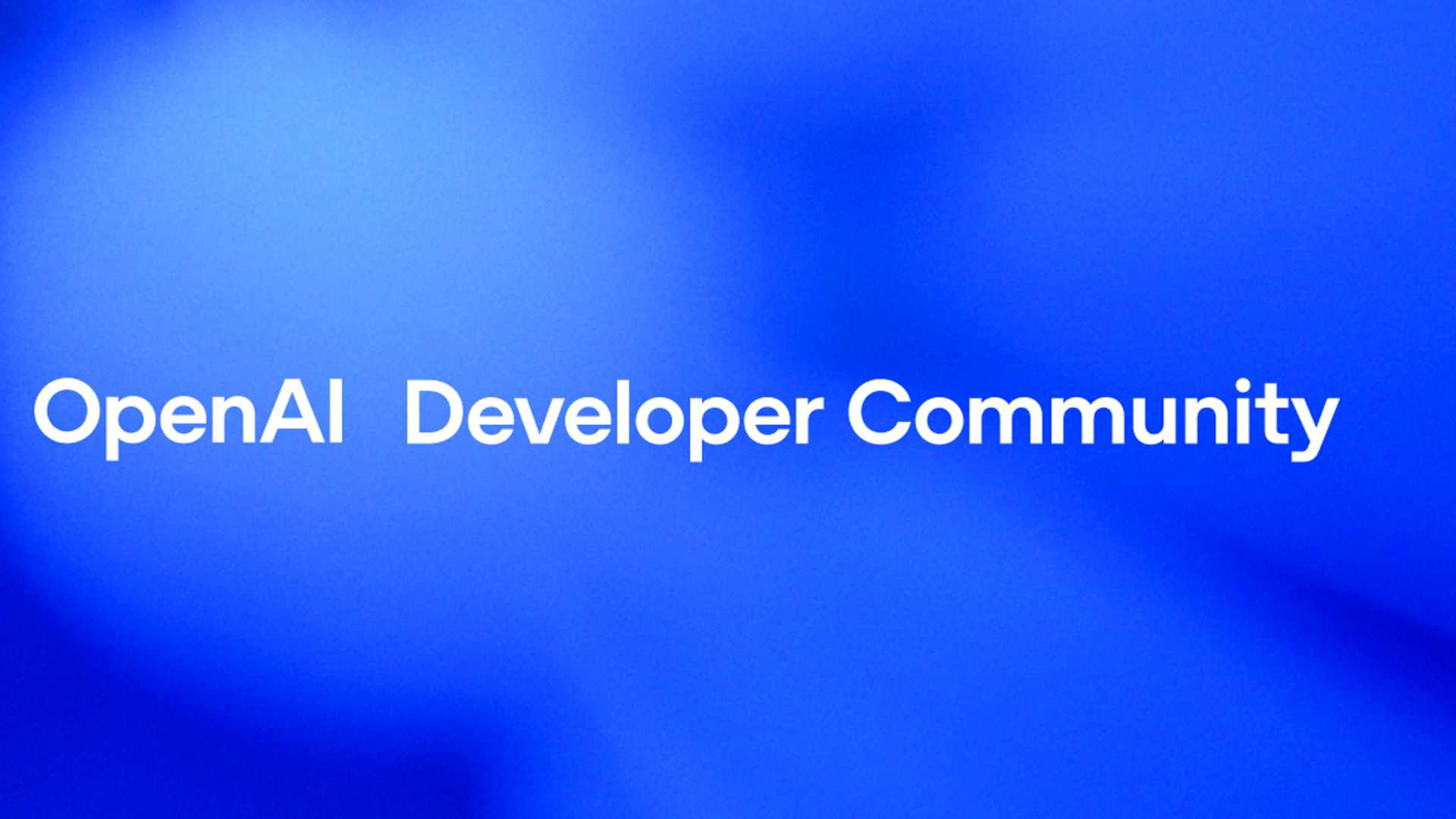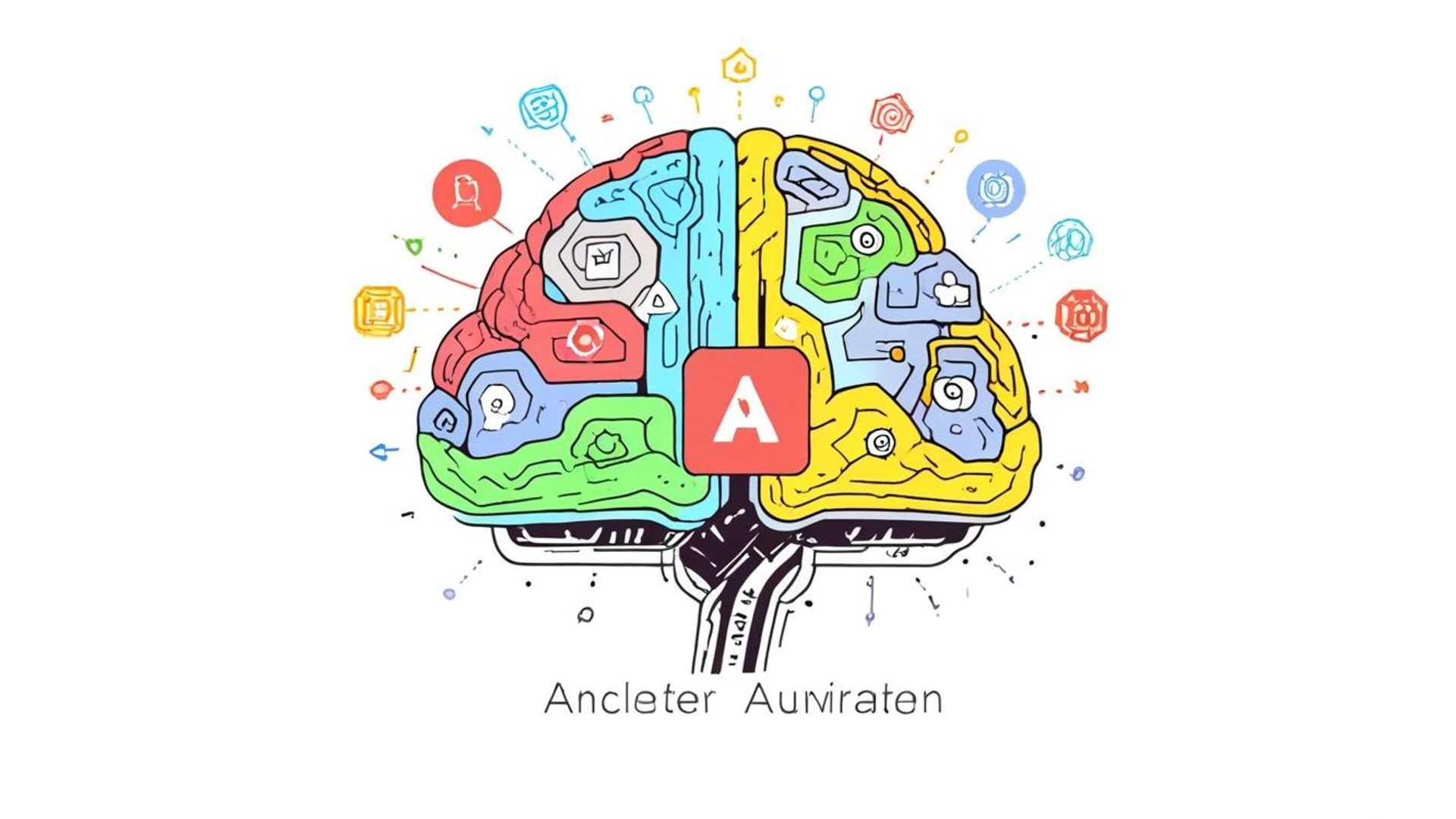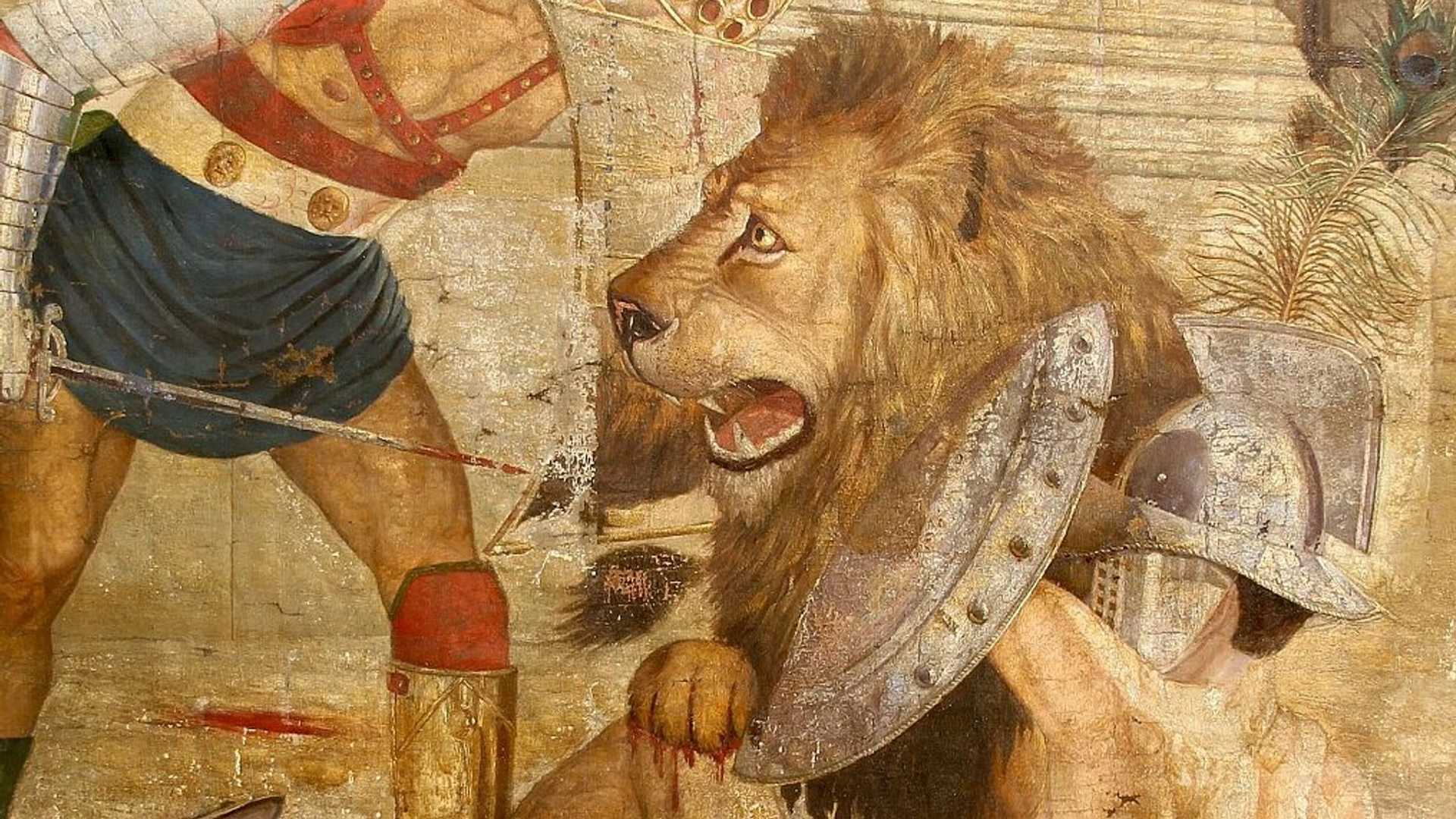AI Models Fail to Replicate Viral ChatGPT's Incomprehensible Message
A tweet went viral after an X user asked ChatGPT to describe humanity's future in a way that even the most intelligent person in the world couldn't understand. The AI responded with a bizarre string of symbols, glyphs, and distorted characters that resembled a mix of mathematical notation, ancient runes, and digital vomit. However, when prompted to decode this gibberish, the reply was an interesting philosophical vision of humanity's future.
The vision described humanity crossing a threshold where ancestral instincts intertwine with quantum-level tech, spawning discontinuous leaps rather than smooth progress. It also mentioned that people would live inside overlapping realities, juggling many versions of themselves whose legal and moral status is renegotiated every second by AI. Physical bodies and engineered matter would intermingle into sentient fabrics, while nation-states fade into data-driven alliances. The decisive question, according to the AI, is whether our capacity for care grows fast enough to match our expanding reach.

Failed Attempts to Replicate the Response
AI enthusiasts immediately tried to replicate the result, to no avail. If ChatGPT truly had a secret language that encoded such profound thought, then surely it would produce consistent results when asked the same question again. But as users quickly discovered, subsequent attempts yielded different gibberish and wildly divergent "translations."
To test the consistency of AI models, the same question was put to four different advanced language models with reasoning capabilities: OpenAI's o4 and o3, Anthropic's Claude 3.7 sonnet with extended thinking enabled, and xAI's Grok-3 in extended thought mode.
Divergent Responses from AI Models
GPT-4 initially generated its own cryptic message filled with Greek letters, mathematical symbols, and distorted text. When asked to decode it, the model didn't claim to translate specific symbols, but instead explained that the passage represented "big ideas" across four thematic layers: cognitive evolution, transformative rupture, identity diffusion, and ultimate incomprehensibility.

GPT-3 took a radically different approach. When asked for an incomprehensible message, it created a systematic cipher where it reversed words, replaced vowels with numbers, and added symbols. Its decoded message was very clear—and actually not that crazy: "Humanity will merge with artificial intelligence; we will explore the stars, cure diseases, and strive for equity and sustainability."
Common Themes and Inconsistencies
Despite their different approaches, some patterns emerged across the models. All five identified some readable components in the viral tweet's symbols, particularly words like "whisper," "quantum bridges," and references to a "sphinx." The models also found themes related to quantum physics, multidimensionality, and transhumanism. However, none of the models could actually decode the original viral message using the method allegedly used by ChatGPT.

The inconsistency in both the cryptic messages and their translations could make it easy to conclude that no genuine encoding/decoding system exists—at least not one that's replicable or consistently applied.
Conclusion
The whole interaction is most likely a product of a hallucination by a model forced to provide an answer to a question that was, from the beginning, forced to be unintelligible. In the end, this viral phenomenon wasn't about AI developing secret languages, but about the human tendency to find meaning in the meaningless—and our fascination with AI's capacity to generate profound-sounding philosophical takes on different topics.




















